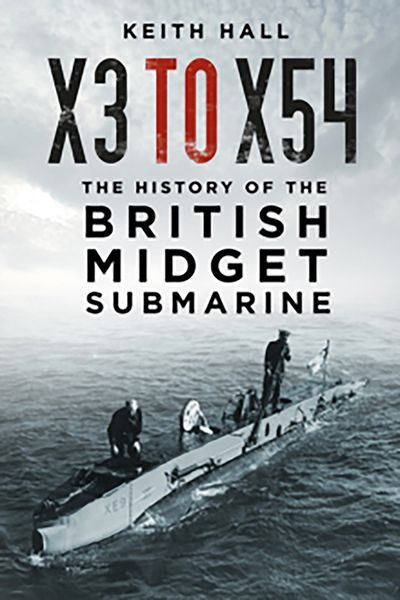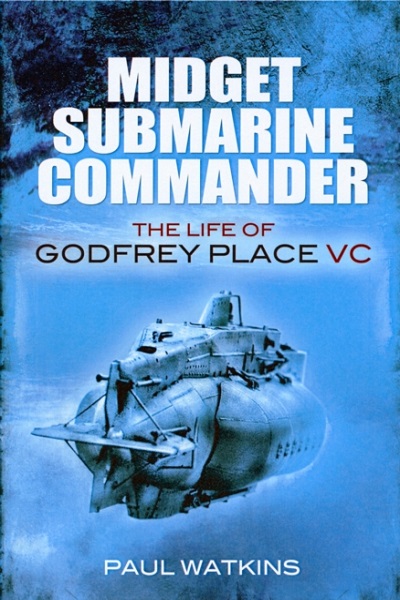The X- and XE-Class submarines were conceived during the Second World War: around 51ft (16m) long, they were designed to be towed by a 'mother' submarine and use their small size to complete stealth missions, such as attacking harbours and performing reconnaissance. Although they would not begin active service until 1942, the submarine crews achieved quite the record, racking up 167 honours between them, including four Victoria Crosses. Written by ex-submariner Keith Hall, X3 to X54 is a look at the entire life and evolution of the British midget submarine, from its early prototypes to its final journeys.
With a wealth of imagery, including archive X-craft photographs as well as up-to-date views of the X51 (HMS Stickleback) from the Scottish Submarine Centre, this is the fascinating, yet little-known, story of Britain's midget submarines.
ISBN: 9781803991993
Format: Paperback
Author(s): Keith Hall
First Publishment Date: 07 September 2023






